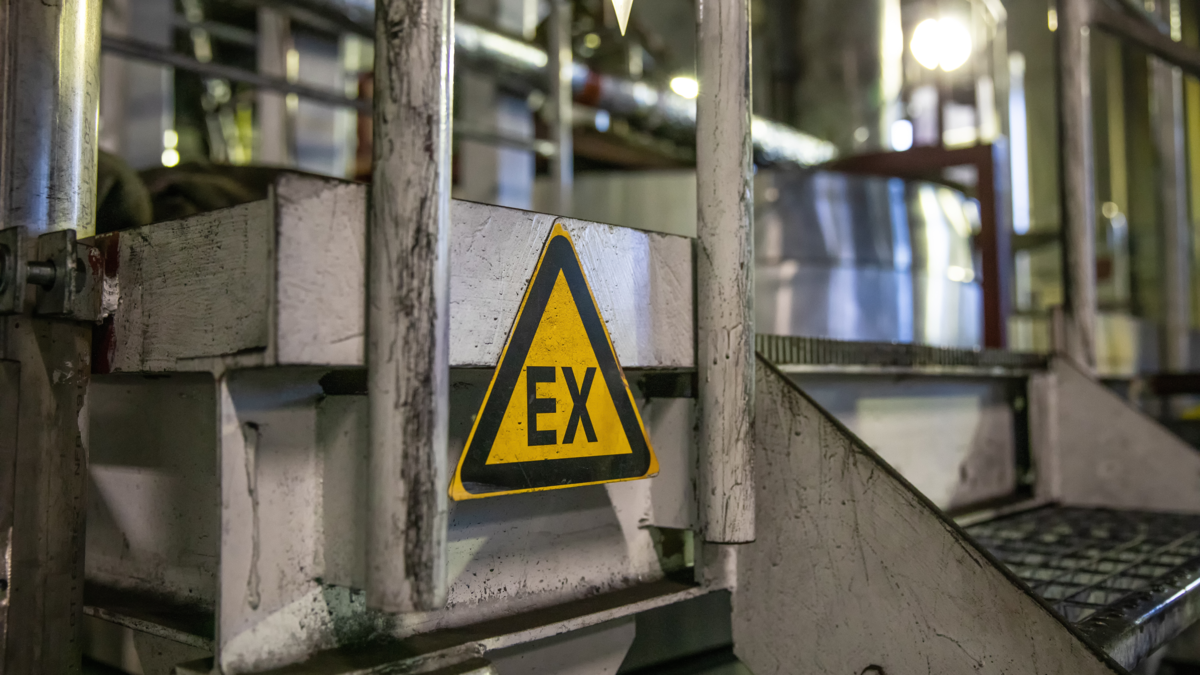If machines or equipment are operated in a potentially explosive atmosphere, they must undergo a conformity assessment procedure in accordance with the ATEX Directive (2014/34/EU). One part of this procedure is the Ignition Source Analysis.
To simplify the creation process, we’ve developed a smart solution, together with a customer.
Ignition Source Analysis as a component of Risk Assessment
Our customer uses a Content Management System for the technical editorial area and, based on this, additional software for Risk Assessments. We asked ourselves the question: "Why not add an Ignition Source Analysis to this (already) successful duo?" Since a Risk Assessment is essential for every machine placed on the market, it would make sense to meet the requirements, within a system.
When we sat down with the software vendor, we quickly agreed that we wanted to get the project off the ground together. We made our ATEX expert available for support, who then immersed himself in the world of programming — along with the software vendor, while our customer was “wonderfully critical” as a software tester.
The result is a small additional component; the Ignition Source Analysis, within the additional software for Risk Assessment.
Reusability and Templates
This has the advantage, for example, that data entered to identify a machine and its risks can be reused to produce the Ignition Source Analysis. This is already a first step. However, the Ignition Source Analysis becomes even more efficient, if you work with reusable templates within the actual analysis. Although this initially involves a one-time additional effort when creating the templates, this is then saved for the creation of each subsequent Ignition Source Analysis.
Each template is stored in a generally valid and non-overwritable manner. The templates are copied for the machine currently being evaluated and only customised for the specific features. These specific features also repeat themselves at some point, so that over the course of time, more and more components can be reused and assembled.
The templates can be created according to individual requirements and are based on the standards DIN EN 1127-1 and DIN EN ISO 80079-36 (and -37).
Modular Structure
In practice, there are often machines with two machine categories (or two EPLs = Explosion Protection Levels, in accordance with DIN EN ISO 80079-36); for example, with Zone 1 inside and Zone 2 outside or inside gas and outside dust. Thanks to the modular approach, these two Ignition Source Analyses (the number is not limited) can be represented in one Ignition Hazard Assessment.
If machines that are produced in a series are suitable for different zones by varying the additional equipment, a modular Ignition Source Analysis can be created as a master document that then contains all available extras. Subsequently, by applying the filter function, additional Ignition Source Analyses can be created from this document for each appropriate machine category.
The modular Ignition Source Analysis can be output in a clearly arranged — and thus, also tester-friendly layout for storage — in the verification documentation. However, the appendices of DIN EN ISO 80079-36 (mostly inherited from the no longer valid DIN EN 13463-1) contain suggestions as to what an Ignition Source Analysis can look like. Many users prefer this rather confusing tabular form despite its obvious weaknesses. Thanks to the media-neutral collection of modules, there is also the option of outputting the Ignition Source Analysis in this tabular form.
A little bonbon to close with: When an Ignition Source Analysis is completed, the software generates the associated Declaration of Conformity (DoC), or in the case of components, the Certificate of Conformity (CoC), "at the push of a button".


